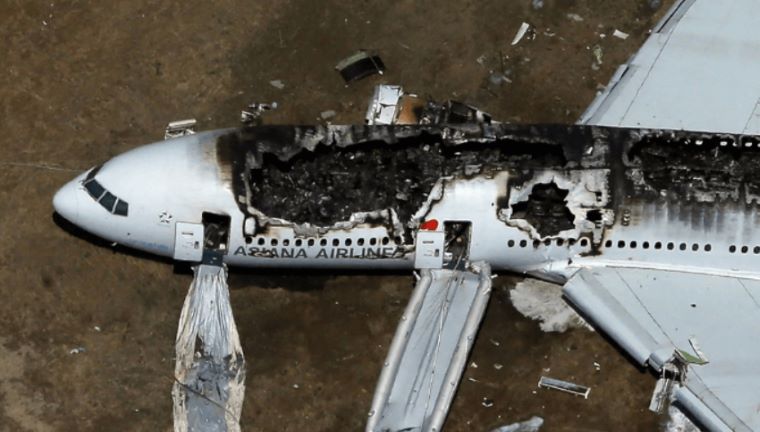Tragedy in Far East: Passenger Russia Plane Crash Claims 49 Lives
A devastating air tragedy has struck Russia’s Far East, where a domestic passenger Russia plane crashed during its final approach to an airport near the town of Tynda in the Amur Region. The crash claimed the lives of all 49 people on board, including six crew members and five children, marking one of the deadliest aviation disasters in the region in recent years.
Russia Plane Crash: The Incident
The aircraft involved was an Antonov An‑24, a twin-engine turboprop plane manufactured in 1976. Operated by a regional carrier, the flight was nearing the end of its journey when it attempted a landing amid poor weather conditions, including heavy rain and low visibility. After an unsuccessful first attempt, the plane circled back for a second approach but vanished from radar shortly before reaching the airport.
Authorities later confirmed that the plane went down approximately 10 to 16 kilometers from Tynda Airport. Rescue teams dispatched to the crash site found the aircraft’s fuselage engulfed in flames, deep in a remote forested and mountainous area. Despite the difficult terrain, emergency crews managed to reach the wreckage, only to report the heartbreaking news: there were no survivors.
Rescue and Response
More than 100 emergency personnel, including firefighters, medics, and aviation investigators, were deployed to the area. Helicopters and all-terrain vehicles were used to navigate the rough landscape, as responders battled both time and nature to locate and recover the victims.
The local administration declared three days of mourning in memory of those lost. Grieving families gathered at the Tynda Airport, where crisis counselors and support staff were made available. Flags flew at half-mast, and a nationwide outpouring of condolences followed.
Aged Aircraft and Aviation Concerns
The Antonov An‑24, designed in the Soviet Union in the late 1950s, is known for its durability and use in rugged terrain. However, aviation experts have long warned about the risks associated with operating aging aircraft. The plane involved in the crash was nearly 50 years old—raising renewed concerns about fleet modernization, maintenance practices, and regulatory oversight.
In recent years, access to spare parts and aircraft components has become increasingly limited due to global sanctions, especially following geopolitical tensions. This has reportedly forced several regional airlines to rely on outdated Soviet-era planes in remote regions like Siberia and the Russian Far East, where air travel is often the only viable form of transportation.
Investigations Underway
A formal investigation has been launched to determine the cause of the crash. Authorities are examining potential factors including mechanical failure, weather-related complications, and human error. Flight data recorders and cockpit voice recorders have reportedly been recovered and are being analyzed by the federal aviation agency.
Investigators will focus on the maintenance history of the aircraft, the qualifications and actions of the flight crew, and the airport’s approach procedures, especially under inclement weather conditions. Findings from the investigation are expected to play a critical role in shaping Russia’s aviation safety policies going forward.
Broader Implications
This tragic crash has reignited a nationwide debate about the safety of regional air travel in Russia. It highlights the urgent need to modernize fleets, improve infrastructure at remote airports, and ensure that flight operations meet international safety standards.
The accident also shines a light on the risks faced by carriers operating in vast and underdeveloped parts of the country, where harsh weather, limited visibility, and outdated equipment can create deadly combinations.
Final Words
As the nation mourns the loss of 49 lives, attention turns to the need for reform, accountability, and compassion. This tragedy is a stark reminder that aviation safety is not only about machinery and weather but also about systemic readiness, operational discipline, and the relentless pursuit of improvement.
For the families who lost their loved ones, the path ahead is filled with grief. For the aviation industry and government regulators, it is a moment to act—so that such heartbreak may never repeat.

